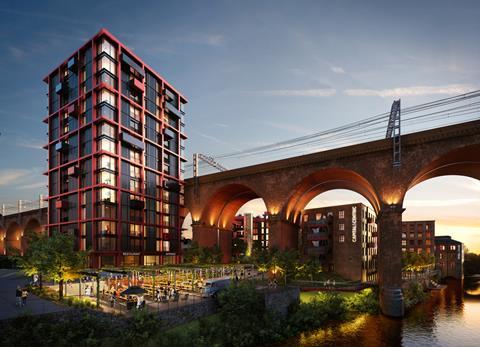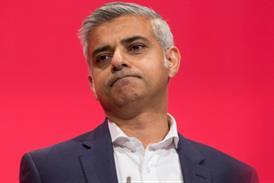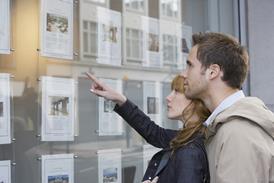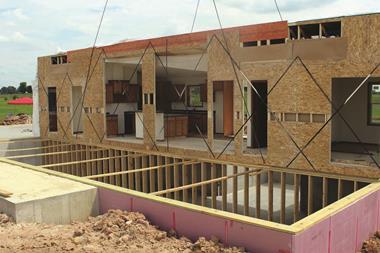Our cities are facing unprecedented challenges. They are growing rapidly with a huge need for affordable homes, future-fit, sustainable workspaces and excellent digital and transport connectivity.

Our city centres are emerging from the pandemic ripe for reinvention and we need to promote economic growth, address the climate emergency and ensure our populations are healthy and happy. Significant regeneration programmes are under way up and down the country, but they are not always welcomed, particularly where a city’s norms and values are perceived to be under threat.
Of course, all cities have different sensitivities to change. In Bristol, there is concern that the city’s character is at risk of being damaged by buildings that are taller than the current status quo. Its new tallest building, Castle Park View, has 26 storeys in the heart of the city and has attracted much criticism, while there have been calls for a public inquiry into St Mary Le Port, a long-derelict site not far away where development plans were described by the Civic Society as “monolithic”.
Oxford and Cambridge also face huge developmental challenges, with historic centres and surrounding green belt but huge pressure for housing and economic growth because of their knowledge base. Of course, they are not alone.
People want to feel a sense of belonging and know their needs are understood and met
How do we balance the needs of a city with a desire to conserve its character, history and charm? Each city is different, but there are some fundamental considerations I believe are key to ensuring the success of our future cities.
First, we do need density in our rapidly urbanising cities. This doesn’t necessarily mean ‘tall’ and it doesn’t mean micro-housing; it’s about cleverly designing buildings so they make the very best use of the site. We either build denser or we build into the green belt.
As long as we design them well, denser developments can meet higher environmental standards than low-density schemes, for example through centralised combined heat and power plants, and they can also free up more space for attractive, carefully-thought-through public realm.
Higher-rise development, in the right places, should also be considered as part of the mix. But we need clear, joined-up guidance on density, including height, and a wider vision to capture the unique characteristics of neighbourhoods to ensure an intelligent approach is taken to the development of cities.

Denser development often works well, for example around transport hubs, reducing the need for cars and promoting active transport. Leeds, Liverpool and Manchester are looking at developing their cities in this way. Importantly, connected cities also make for fairer cities.
Of course, taller buildings need to be designed well and sustainably, taking into account the local context and materials, making the best use of the street scene to ensure a thriving ecosystem at ground level, and finding ways of incorporating ‘green infrastructure’, bringing nature in and boosting biodiversity.
Future-proof buildings
It’s also vital we ensure our buildings are designed to be resilient for many generations to come. Think semi-demountable buildings, designed for manufacture, assembly and disassembly, that can become bigger or smaller depending on the needs of the community or occupants – for example, an apartment building with space for a crèche that could later become a school or even a co-working space, made possible by the use of materials and methods that are highly adaptable to change. Due to the high amount of embodied carbon in buildings, demolition is not sustainable. We need to plan for the future.
As designers of cities, we are increasingly approached to develop placemaking strategies that will deliver a stronger social fabric. These might consider the integration of features that promote inclusivity, wellbeing, belonging and community success.
We must also improve the way we consult with our communities. We absolutely must crack this issue if the places in which people live, work and spend their leisure time are going to reflect their diverse needs. As an example, our work for Grosvenor on a new community of 5,000 homes in Essex is being planned with our client’s community charter in mind. This document outlines Grosvenor’s commitment to development in collaboration with communities, seeking outcomes that put people’s interests at heart.
We want to get people engaged in shaping their city’s joined-up policy or planning framework earlier on in the process, so that we all understand our city’s vision clearly and appreciate what we, as communities, are set to gain from it.
People want to feel a sense of belonging and to know their needs are understood and met. That’s the singular objective we need to pursue to make our cities truly fair.
Nick Fairham is chief executive of global multidisciplinary design practice BDP
































No comments yet